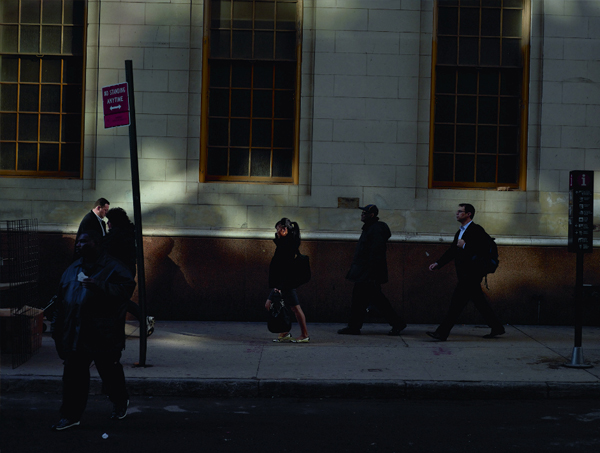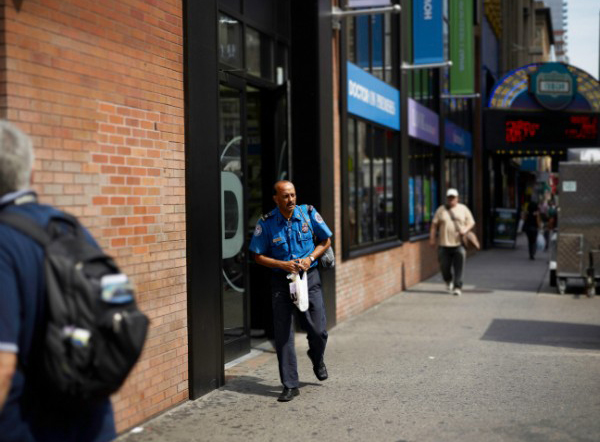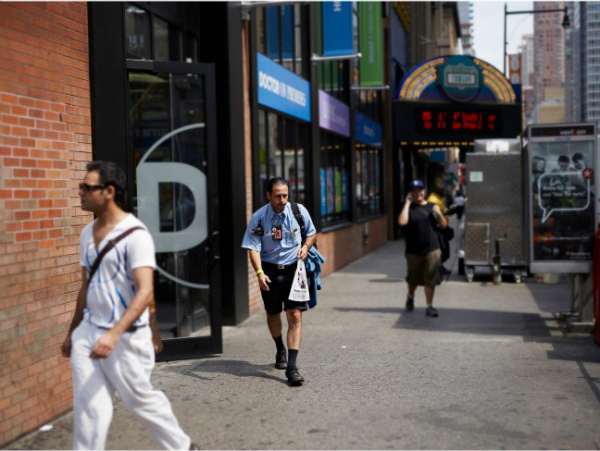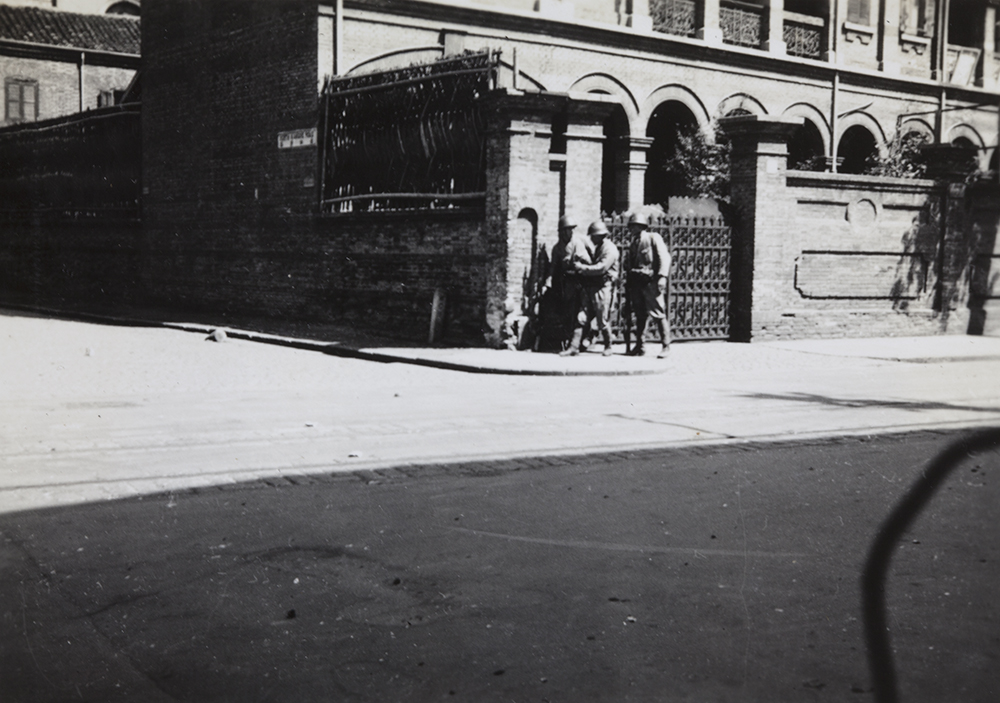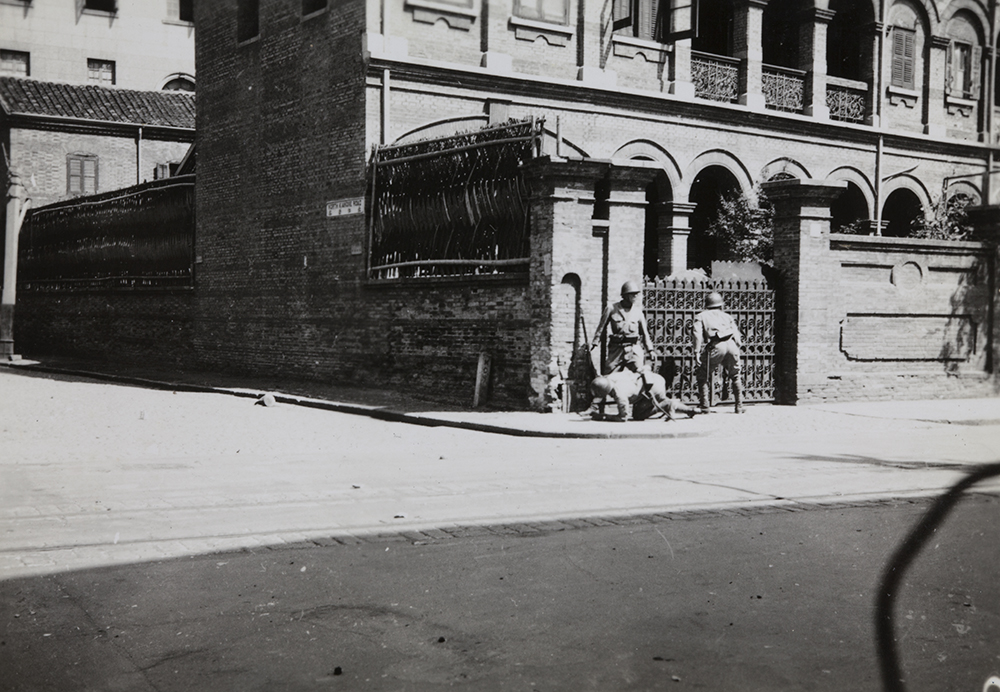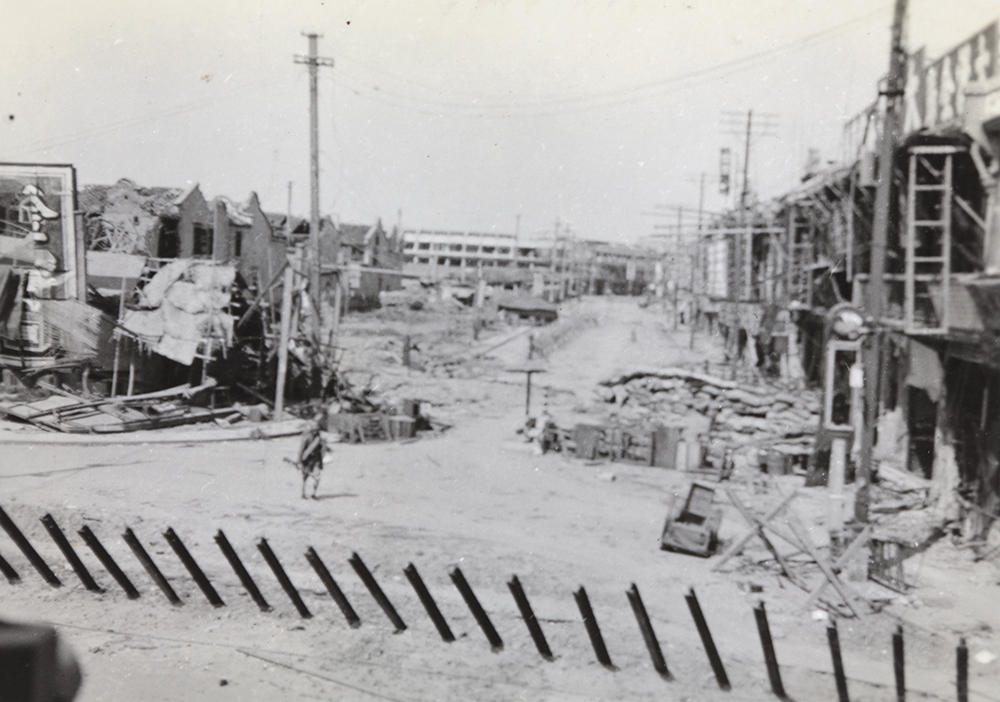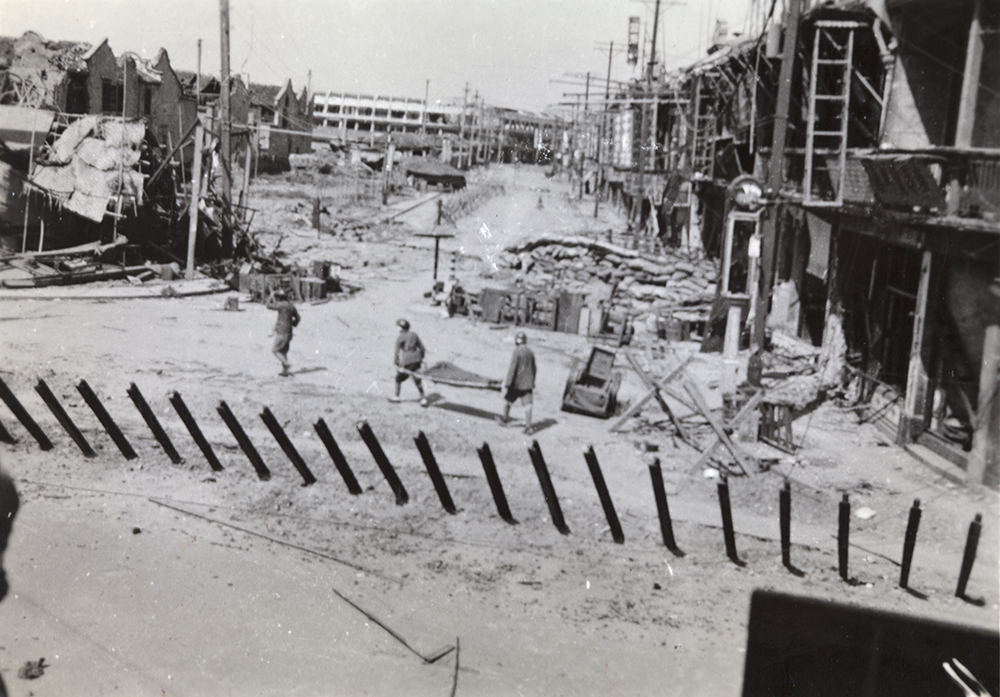A guest blog from Alejandro Acin: I sometimes feel that street photography has become just a game where photographers try to create simple easy to understood messages in standalone photographs often meant to be amusing. There are many exceptions of course, but a majority of photographers belong to a group where this sort of standalone photographs is their main goal. One street photography work that caught my eye is The Present by Paul Graham published by Mack in 2012. Jörg Colberg reviewed the book: “The Present goes about street photography in a different way. In a nutshell, Graham uses the tropes of the genre to subvert it. That short moment street photography is centered on loses its relevance by being placed alongside another short moment, right there, occasionally even yet another short moment. Just like in real life, the focus might shift – from one person to the next, from one configuration of people to another one. Groups form, groups dissolve. It is as if life on the street was a gigantic card game where the cards are constantly and slowly shuffled while the game is going on.” (Read the full review).
It is very interesting to see how a photograph, which appears generally uninteresting, becomes extremely meaningful when it is placed next to another photograph taken seconds before or after it. This way of approaching the urban environment is very powerful, as we can feel how the ‘urban troops’ flow through the streets making the city landscape very volatile. Graham also questions the qualities and weaknesses of photography as a medium, in representing the real world through time and space parameters.
The essence of The Present came to mind while I was working with the Montgomery collection. This is a large collection of images taken during the two traumatic phases of the Japanese invasion of Shanghai. I have chosen some of these images to illustrate Graham’s point.
In these images, the photographer is following a group of soldiers in Shanghai. Suddenly something happens and one of the soldiers is on his hands and knees on the pavement, while the other two look back as if someone had shot at them.
A similar situation appears later on in the album: in one of the photographs a soldier walks alone; in the next photograph two soldiers are carrying a casualty on a stretcher. These photographs were placed next to each other in the album, so we suppose that they were taken almost one after the other. In war, a ‘normal’ situation can quickly become a dangerous one.
We cannot be completely sure of what happened to those soldiers, photography doesn’t tell us everything – but one thing we can demonstrate is: a decisive moment leaves out many other decisive moments, which together could create a much more complex narrative.

